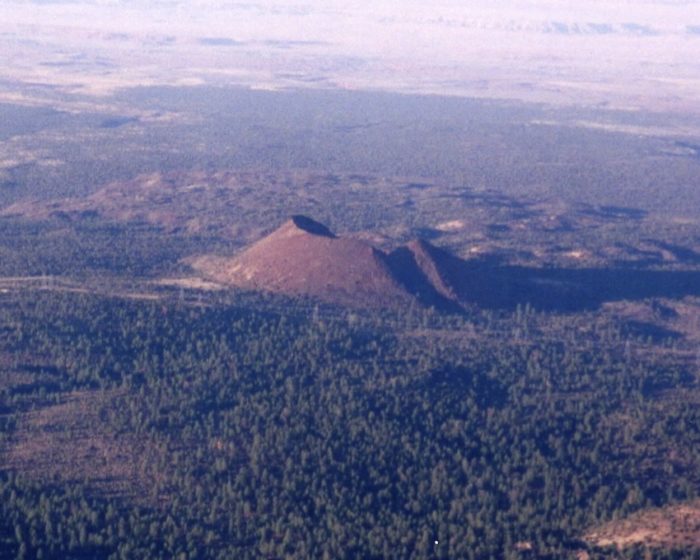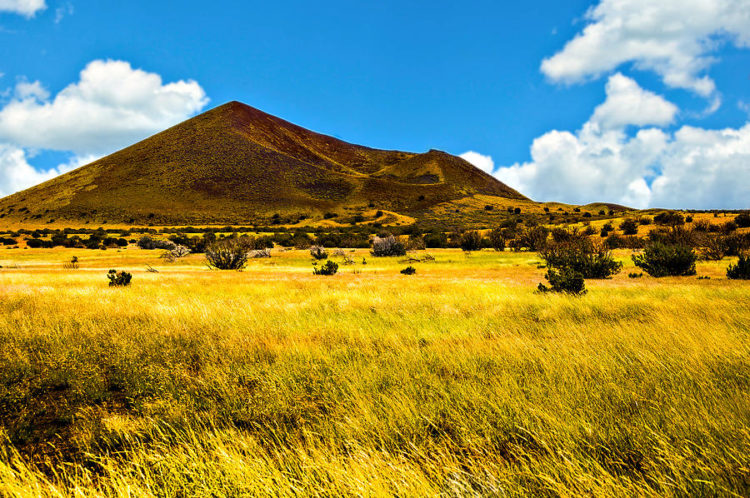Strawberry Crater is a cinder cone volcano, more than 1,000 feet high, in the San Francisco volcanic field. It is about 20 miles north of Flagstaff, Arizona, along Forest Road 545 in the Strawberry Crater Wilderness. The cone shape and the reddish cinders that created the cone resemble a giant strawberry. Although, many of the surrounding cones are better known. The taller and younger Sunset Crater in the adjacent Sunset Crater National Monument.
The Strawberry Cone wilderness area covers 10,743 acres, comprising cinder cones, hills, and arid terrain. It is thought, the surface landforms are 45,000 to 100,000 years old. The Strawberry crater height is about 6,526 and the base elevation is 5,500 feet. It lies in a volcanic field, covered with lava flows and the southern end is filled with low cinder cones.
Moreover, professional says that this Crater is comparatively young compared to other craters in the United States. It was formed from volcanic eruptions around 800 and 1604 B.C. There were several volcanic periods, during which multicolored rocks were deposited on Earth’s surface.
There are numerous paths leading to the strawberry crater. But there is only one trail that is marked. Surrounding the crater, are rolling cinder-strewn hills with a variety of different plants from pinons to junipers. At the top of the Crater, one can see Kachina Peaks Wilderness. The Painted Desert, the Hopi Buttes, another valley of the Little Colorado River.
Recreation activities like hiking are open year-round. However, in winters near the crater average to around 50 degrees, though summers tend to be very hot and dry. The dry area has very few natural water sources near the hiking trail, so travelers are highly suggested bringing enough amount of water. Moreover, around the actual crater, there are low walls of stacked rock. These walls are said to be Native American constructions.
There are also remnants of ancient gardens where inhabitants used volcanic cinders for water-retaining mulch. Plentiful ruins scattered across this unwelcoming landscape prove the resourcefulness of an ancient people who lived here even as the land still fumed and spouted. In place, you can also see remnants of the gardens they cultivated using volcanic cinders as water-retaining mulch.
Strawberry Crater offers a variety of recreational activities such as day hiking and horseback riding. Information about these activities can be found on the Coconino National Forest recreational website. In your journey across this volcanic moonscape, you’ll probably come across 900-year-old Sinagua ruins. And even parts of the gardens those ancient people grew using a water-retaining mulch of volcanic cinders. Thus, the geologic forms and twisted junipers make Strawberry Crater Wilderness a widespread place for nature photography.
Read About – Massive Scary Hole of Mir Mine












